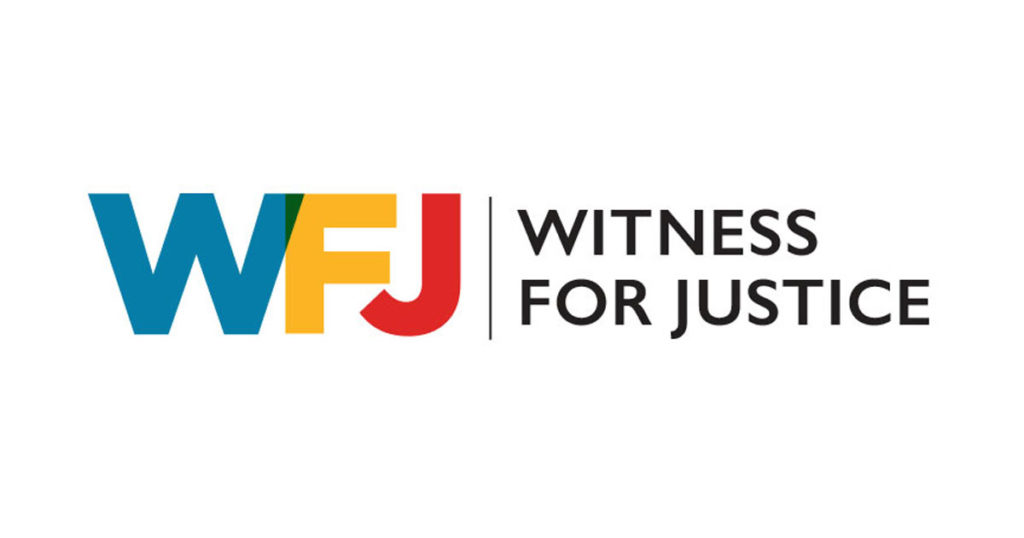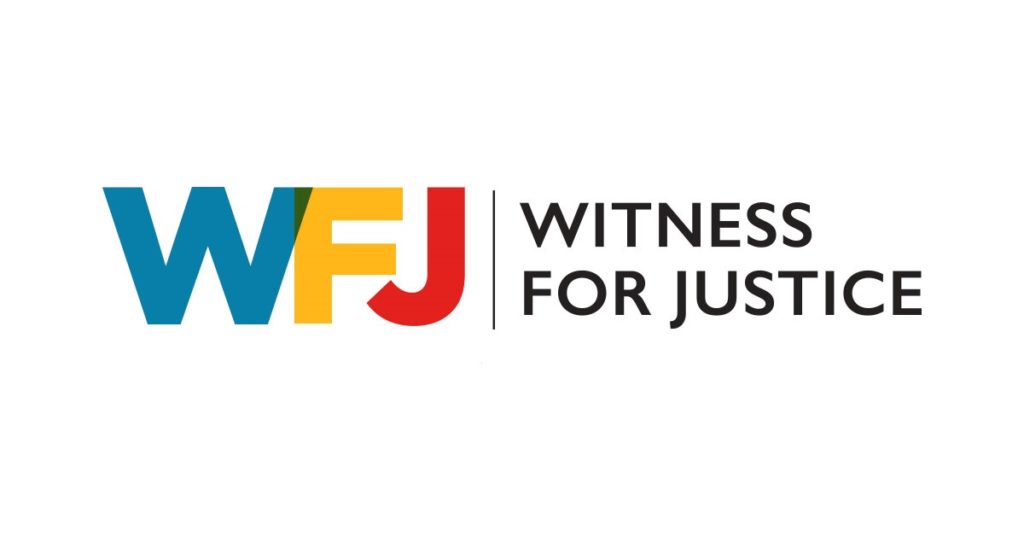Commentary: Ending the HIV Epidemic by 2030
 With the 2019 National Week of Prayer for the Healing of HIV and AIDS just around the corner (March 3-9), the President’s State of the Union commitment to ending the HIV epidemic by 2030 is welcomed. It is an important reminder that this epidemic is still with us, still claiming lives, still inflicting hardship and suffering on people throughout the world, especially those who are poor and who experience marginalization.
With the 2019 National Week of Prayer for the Healing of HIV and AIDS just around the corner (March 3-9), the President’s State of the Union commitment to ending the HIV epidemic by 2030 is welcomed. It is an important reminder that this epidemic is still with us, still claiming lives, still inflicting hardship and suffering on people throughout the world, especially those who are poor and who experience marginalization.
The effort to end the epidemic will need the fervent prayers and dedicated actions that each of us can muster because the hardest work of ending the HIV epidemic is still before us. Yes, we have achieved much already. Yes, we’ve attained some medical advances and met some treatment goals. Yes, we’ve learned how to prevent transmission of the virus. For all we’ve learned, for all the achievements, most people in the world living with HIV don’t know their status. Half of the people who need treatment don’t have access to it.
The populations most impacted, most at risk, most vulnerable, are the most challenging to reach, because they are the ones who are pushed to the margins of society across the world: the poor, women and girls, men who have sex with men, injection drug users, persons who are transgender, sex workers. To date, the actions of this administration have further marginalized these communities: jeopardizing access to treatment and care through attacks on the Affordable Care Act, and permitting discrimination through the reversal of non-discrimination policies. These actions perpetuate and increase HIV related stigma, which studies have shown to be a major hurdle to ending the epidemic. If the President is serious about ending the HIV epidemic, he must change his current policy directions toward these marginalized communities.
The goal to end the HIV epidemic by 2030 is not new but was announced by UNAIDS in 2015, and included a global strategic plan to achieve a “95-95-95” goals by 2030. That’s 95% of the people who live with HIV knowing their status, 95% of them on treatment, and 95% of those on treatment having viral suppression. At the point of viral suppression, a person’s HIV levels are undetectable and the person living with HIV does not transmit the virus. Whether the President’s plan will share these goals is not yet clear.
Complacency, silence, and decreasing or even flat-lining funding have no place in the HIV response if we are to reach those goals. We must expand our engagement, make more noise, commit more funds, and increase our efforts. How can we face the next generation realizing the opportunity to end this epidemic was in our grasp and we failed to do it? The answer is clear. We can’t. Failure is not an option.
Michael Schuenemeyer is Executive for Health and Wholeness Advocacy Ministries of the United Church of Christ.
View this and other columns on the UCC’s Witness for Justice page.
Donate to support Witness for Justice.
Click here to download the bulletin insert.
Related News
Celebrating Diversity, Equity, Inclusion, and Accessibility
In the beautiful diversity of humankind, we are invited to celebrate diversity, equity,...
Read MoreThe Gifts of Advent
One of my favorite seasons of the year is Advent, which often falls on the first Sunday after...
Read MoreLand, Artifacts, and Ancestors Back
Imagine one of your great grandparents toiled over a hand-written, illustrated copy of the...
Read More
